The Linda Schele Series in Maya and Pre-Columbian Studies
This series was made possible through the generosity of William C. Nowlin, Jr., and Bettye H. Nowlin, the National Endowment for the Humanities, and various individual donors.
Water and Ritual
The Rise and Fall of Classic Maya Rulers
LISA J. LUCERO
University of Texas Press  Austin
Austin Copyright 2006 by the University of Texas Press
All rights reserved
Printed in the United States of America
First edition, 2006
Requests for permission to reproduce material from this work should be sent to:
Permissions
University of Texas Press
P.O. Box 7819
Austin, TX 78713-7819
utpress.utexas.edu/index.php/rp-form
Library of Congress Cataloging-in-Publication Data
Library ebook ISBN: 978-0-292-79583-9
Individual ebook ISBN: 978-0-292-77823-8
DOI: 10.7560/709997
Lucero, Lisa Joyce.
Water and ritual:the rise and fall of classic Maya rulers / Lisa J. Lucero.1st ed.
p. cm.(The Linda Schele series in Maya and pre-Columbian studies)
Includes bibliographical references and index.
ISBN 0-292-70999-4 (cloth:alk. paper)
1. MayasPolitics and government. 2. MayasKings and rulers. 3. MayasRites and ceremonies. 4. Water rightsCentral America. 5. Water rightsMexico. 6. WaterReligious aspects. 7. Central AmericaEconomic conditions. 8. MexicoEconomic conditions. I. Title. II. Series.
F1435.3.P7L83 2006
305.897'42dc22
2005028167
For my parents, Jim and Ida Lucero
Contents
In 1999 I published a paper (Lucero 1999b) on water systems and Maya rulership at Tikal and other comparable centers (large centers in areas without permanent water sources such as lakes and rivers). This paper, as well as questions from colleagues and students and a perusal of cross-cultural cases, made me wonder about the role of water at other centers in the southern Maya lowlands, particularly those located in areas with rivers and lakes. I realized that the level of reliance on and scale of reservoirs had a significant impact on the degree of rulers political power. The more I delved into research on water issues and Maya rulership, however, the more I also realized that water management is inadequate in and of itself to explain completely the ability of a few to exact tribute from the majority. One only has to look around each Maya center to notice a missing piece of the puzzlemonumental public architecture and large plazas. These settings served as competitive arenas to integrate people through ceremonies and feasts, particularly during the dry season. They also served to highlight the fact that the average commoner was an active participant and had some say in the amount of tribute paid as well as to whom. Commoners were willing to contribute surplus because rulers offset problems that arose as a result of seasonal vagariesnot enough or too much water.
Annual water shortages in the tropical jungles of the southern Maya lowlands dramatically affected the livelihood of the Maya like no other natural resource shortage. Even in areas where water was plentiful, seasonal water issues impacted settlement decisions and agricultural practices. By about 1000 BC Maya had relocated to interior areas away from the major rivers and coastal areas. Pioneers found plentiful fertile agricultural land but not much permanent surface water. The first farmers had a definite advantage over succeeding generations of immigrating families who needed to farm to support themselves. The first settlers or foundersthe earliest elitesdid not offer the use of their land for free. In return for homestead privileges, they demanded, and were paid, a percentage of the crops; and new arrivals worked elites land, built their homes, and provided other services (e.g., as craft specialists). Elites soon organized the construction of small public temples and plazas, where they sponsored ceremonies and feasts to thank ancestors and gods for providing rain and bountiful crops. This scenario occurred throughout the southern lowlands. In some areas, however, rulers emergedwhy in some areas and not in others?
The interior can sustain many people with the major staples of maize, beans, and squash. But the annual 4- to 5-month drought posed challenges to the Maya, especially in areas without lakes and rivers. They met this challenge by building water catchment systems to provide water that would last until the rains began again. Elites organized the construction and maintenance of water retention features. At first they were small-scale. Later they became much more complex and larger to supply water to increasingly greater numbers of people. Although there always seemed to be an abundance of land, there never seemed to be enough water in many areas. Families lived in farmsteads dispersed throughout the jungle; and rulers had to convince them that it was to their advantage to supply labor, goods, and services. Many farmers did not necessarily have to work for a particular ruler, because they could choose to build their own small-scale water systems or contribute to the coffers of other nearby rulers. Powerful rulers also arose along rivers. People still relied on reservoirs and other water systems in such settings, and rulers provided capital to repair water or agricultural systems damaged by heavy rainfall and flooding. In times of shortages (drought, rain damage) rulers also may have supplied food from their fields, located in several areas to spread the risk, and perhaps allocated water.
A major means that rulers used to bring together Maya farmers was traditional rituals writ large, including dedication, ancestor veneration and termination rites, prayers for abundant water, and other household and community rites. Maya kings also created special rites highlighting their divine qualities; some of these were performed in public venues, and others for a private or restricted audience. By sponsoring public rituals, rulers demonstrated their close ties to the supernatural world. They showed people that their affiliations and influences with ancestors and deities resulted in plentiful rain and crops. If they were successful, it was only natural that they should receive some form of paymentlabor and goods.
The more people kings integrated, the more powerful they became, particularly in areas with plentiful agricultural land and noticeable seasonal vagaries. A long-term drought at the end of the Classic period, however, demonstrated that rulers had lost their ability to intercede with supernatural forces and failed to bring enough rain. Consequently, farmers looked elsewhere for survival and discontinued contributing to political coffers. Rulers had no choice but to abandon royal trappings: civic-ceremonial centers with palaces, temples, inscribed monuments, and ball courts. Farmers either remained in the vicinity outside of centers or left the southern Maya lowlands altogether. What did not change was that all Maya continued to perform rituals in the home.



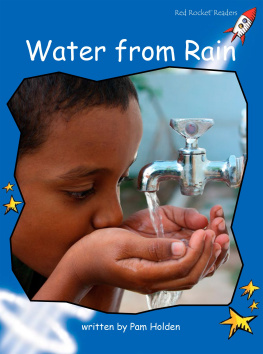


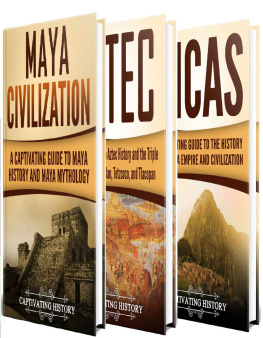

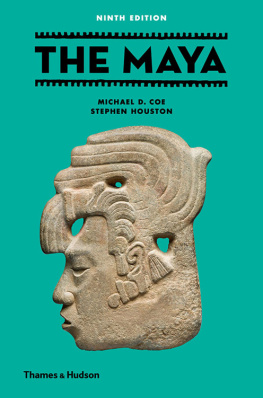
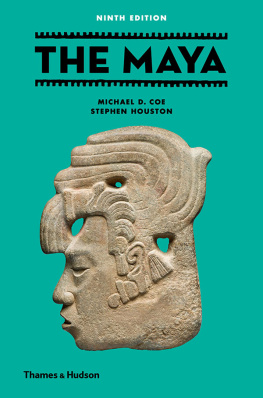
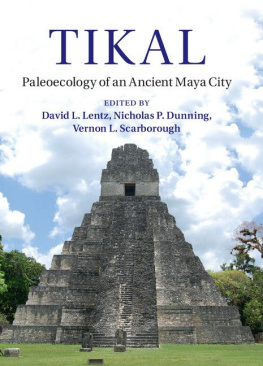
 Austin
Austin